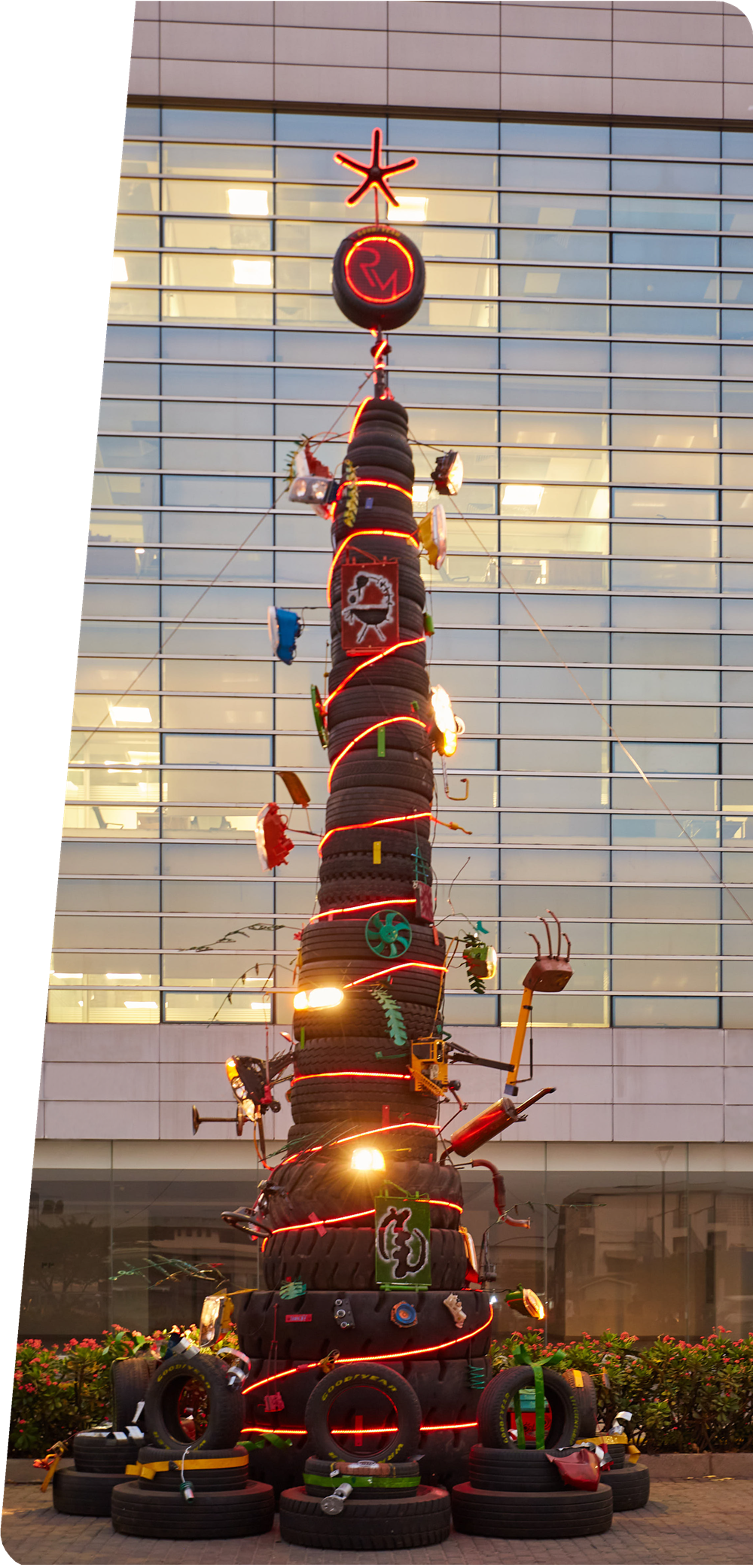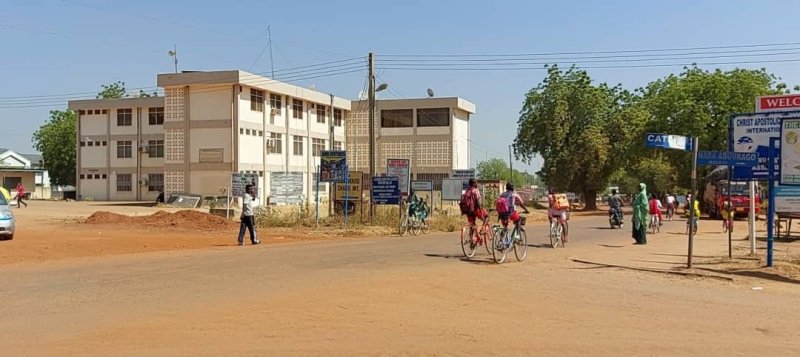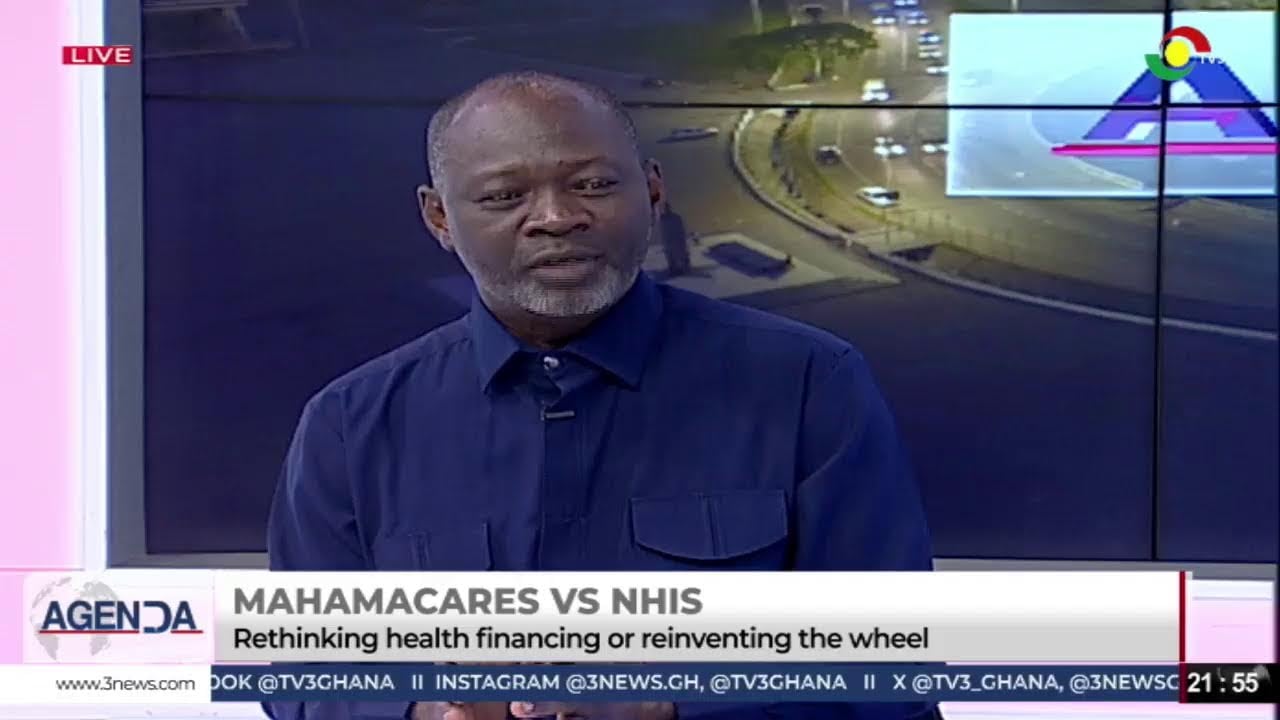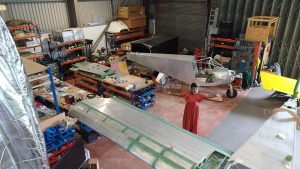
During operational hours, warehouses in Ghana come alive with the hum of forklifts and the click of pallet jacks, while each movement is driven by a relentless pursuit of efficiency.
Yet lurking beneath the surface of those orderly rows of crates is a far more insidious threat of rodents gnawing at packaging, contaminating goods with droppings and urine, and undermining both product integrity and workplace safety.
All too often, decision?makers dismiss a few bite marks on cardboard or the occasional rodent dropping in a corner as “an unavoidable part of warehousing.” But when the true cost of these incursions is tallied from spoiled pharmaceutical batches to halted production runs, the tolerance for such “minor” losses vanishes in an instant.
Imagine a high?value warehouse stocked with temperature?sensitive medications or premium electronics. A single breeding pair of rats, left unchecked, can proliferate into hundreds within months, converting what seems like a trivial housekeeping oversight into a full?blown crisis.
A handful of contaminated units may trigger product recalls, erode customer trust, and incur hefty contract penalties. In the worst cases, regulatory bodies could impose fines or even suspend operations, while insurers might raise premiums or deny coverage altogether. When every hour of downtime translates into tens of thousands of cedis in lost revenue, the notion that rodent damage is an “inevitable nuisance” becomes not just outdated, but dangerously naive.
Too many facilities teams remain stuck in reactive mode, scrambling to locate the source only after a visible infestation has taken hold. Yet the most successful operators have flipped that script entirely, embedding pest management into their daily workflows and treating it as a key performance indicator.
The journey toward proactive defense often starts with a comprehensive property assessment, during which trained specialists map potential ingress points such as cracked foundations, unsealed vents, and waste?storage areas. Rather than waiting for gnawed pallets to reveal a problem, teams should deploy an array of discreet monitoring devices, smart traps and environmental sensors that log rodent activity in real time and feed data into centralized dashboards.
Today, pest management has evolved from a back?room chore into a transparent metric of operational health. Monthly reports detailing trap activations, heatmaps of pest hotspots, and compliance checklists can become indispensable tools for chief financial officers and operations heads.
Armed with clear, quantifiable evidence of how many infestations can be prevented or mitigated, leadership can justify investment in advanced control technologies and specialized fumigation services. The return on that investment is immediately visible in avoided spoilage costs, stabilized insurance premiums, and uninterrupted workflows but perhaps more importantly, in the peace of mind that comes from knowing your warehouse is no longer vulnerable to stealthy intruders.
Achieving this level of vigilance, however, requires more than high?tech gadgets and glossy reports. It demands the active participation of every member of the warehouse team. Supervisors, forklift operators, and cleaning crews must learn to recognize the early warning signs of rodent activity which is fresh droppings along pallet racks, telltale grease marks tracing the edges of walls, or tiny chew marks on packaging materials.
Warehouses must weave pest?control responsibilities into standard operating procedures, so that daily inspections, proper waste disposal, and simple repairs like replacing worn door sweeps are as routine as equipment maintenance. Organizations must learn to build a culture of collective accountability. When every staff member understands that pest prevention is integral to both safety and efficiency, the possibilities for disruption shrink dramatically.
This shift from reaction to prevention also recalibrates how warehouses budget for pest management. Rather than viewing it as a sporadic expense line triggered by emergencies, companies begin to see strategic value in regular inspections, digital monitoring subscriptions, and long?term service partnerships.
With pest control positioned alongside other critical risk?management functions, business leaders can plan multi?year contracts that guarantee priority response times, access to the latest fumigation techniques, and ongoing staff training which further insulates operations from unexpected outbreaks. Ultimately, the challenge is simple: if you continue treating rodent incursions as minor annoyances, you will remain perpetually vulnerable to the significant financial, regulatory, and reputational damage they can inflict.
This writer is a Pan-African Brands & Marketing Communications Professional and Industry Advocate in Pest Control and Fumigation
LinkedIn: Selassie Tettey
Email: [email protected]
The post Pest Control Briefing with Selassie TETTEY: Silent invaders: Exposing the true cost of rodents in your warehouse appeared first on The Business & Financial Times.
Read Full Story
























Facebook
Twitter
Pinterest
Instagram
Google+
YouTube
LinkedIn
RSS